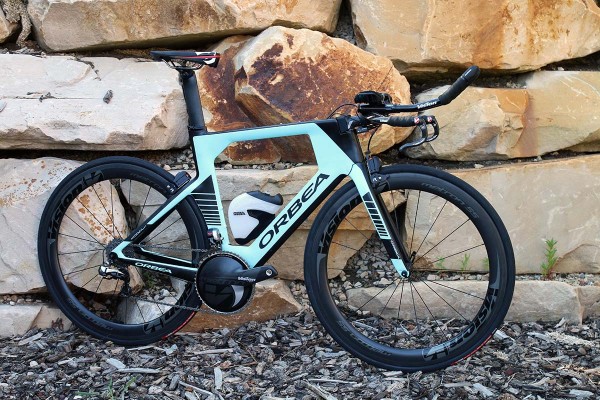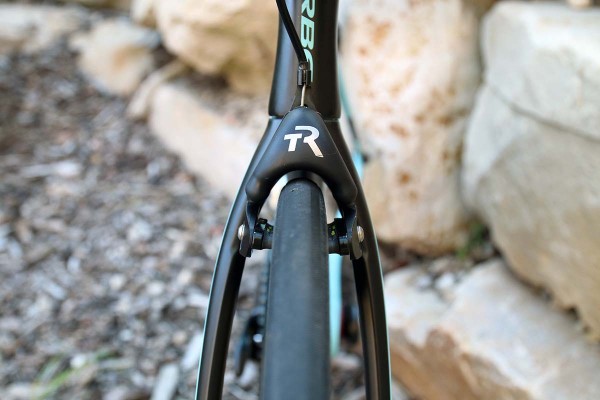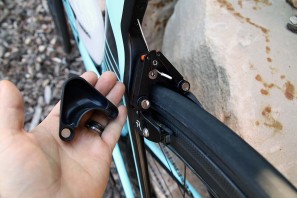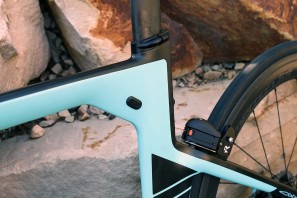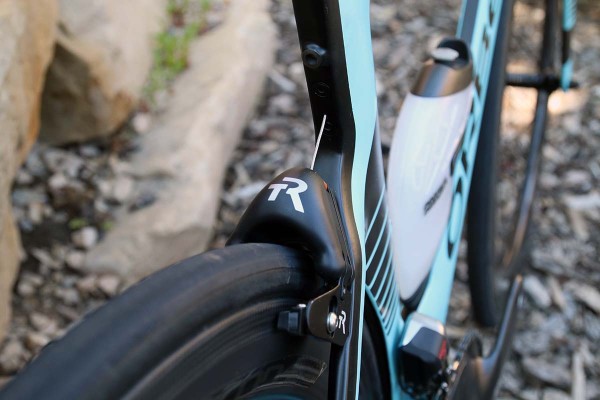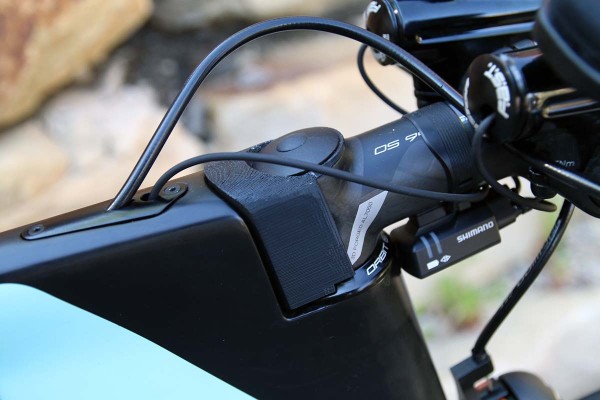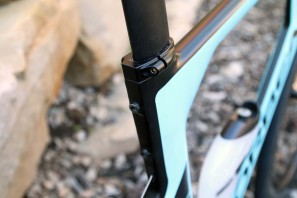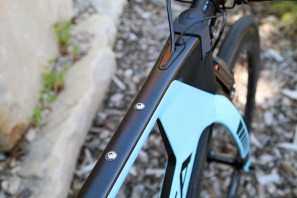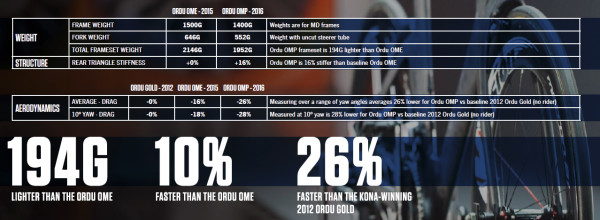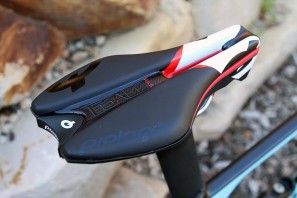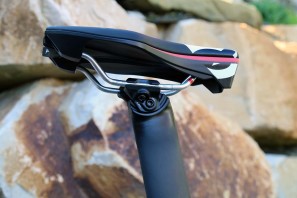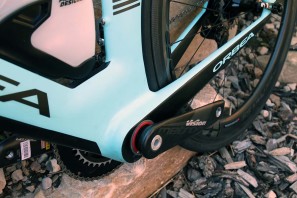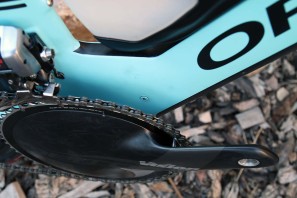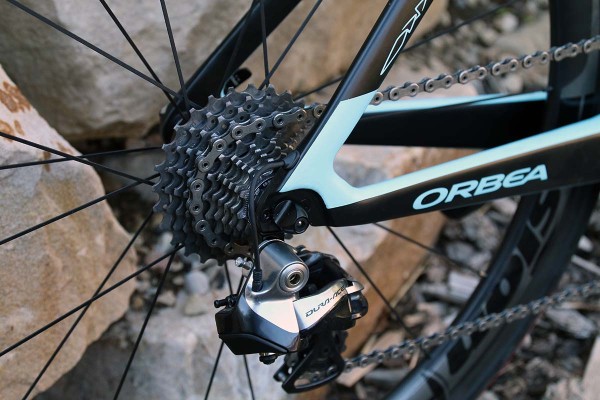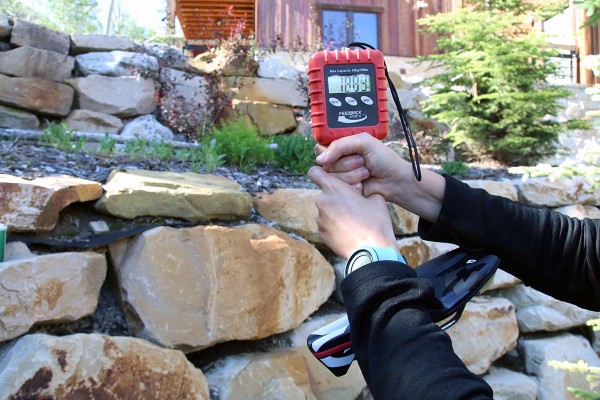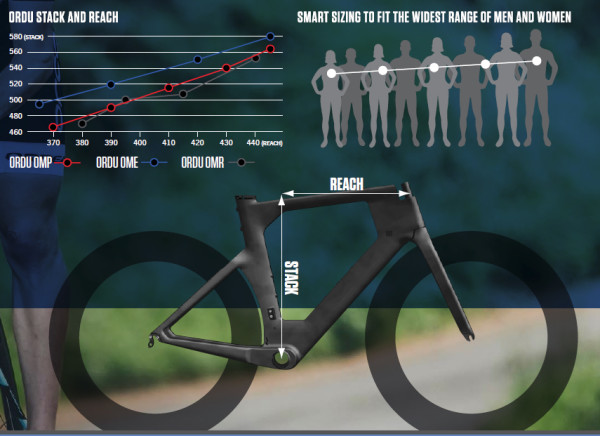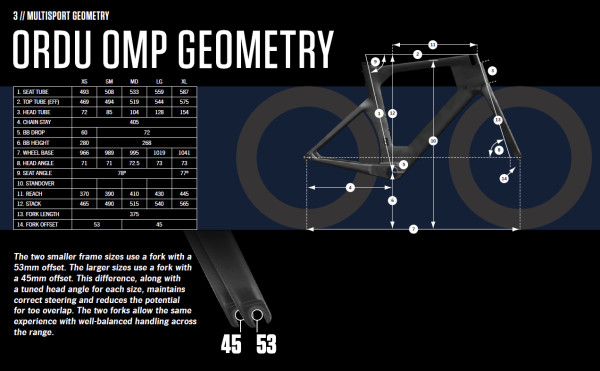At this point the cat’s out of the bag, but Orbea has a new TT/Tri bike up their sleeve. Extending the Ordu’s lineage, the new OMP model comes as the brand is celebrating their 175th anniversary! If you do the math, you’ll realize that’s probably too early for bikes which is true. Orbea surprisingly started manufacturing guns and bullets almost 175 years ago. Eventually the gun business was sold off and Orbea first started turning the pedals in the 1920’s.
Watching the video which celebrates their storied history, you start to get a sense of just how quickly bicycle have evolved in the last 20 years. Bicycles like the new Ordu are now looking for every advantage whether it be carbon construction, aerodynamics, or integration. Translated to ‘moment’ in Basque, Orbea hopes the Ordu will give you the ‘time of your life’…
At first glance, those familiar with modern aero TT/Tri bikes will notice the Ordu doesn’t include the insane integration level of some of the competition or even the previous Ordu. According to Orbea’s product managers, that’s on purpose. Having the ‘time of your life’ (that’s their slogan for the new bike, if you didn’t catch on yet) means having one of the fastest bikes possible, but at the same time it means having a bike that you can actually work on without having to run the shop so they can open the brakes to fix a flat.
Starting with a UCI legal monocoque frame, the 5th generation of Ordu since 2007 is built specifically around the new TriRig Omega X aero brakes. Pointing out that the Omega X is easier to work on thanks to its new magnetic aero cover while offering better braking performance than many integrated brakes, the key is that it offers “most of the benefits of an integrated brake without being a pain in the ass.”
The front brake has been utilized in the design of the new Freeflow fork which uses wider spaced legs for less turbulence around the front wheel and fork. For the front the brake has its own cable hanger which allows for a more aerodynamic positioning of the brake housing, while the rear cable neatly exits out of the seat tube for the center pull brake. If you’d rather run standard side pull calipers, the frame includes a housing port on the left side of the sea tube for the housing run.
While the frame shapes were developed with the help of Mondragon University, they feature a fairly common profile these days with abbreviated tail sections, flattened sides and double radius leading edges. The work with Mondragon led to a new frame that Orbea claims is 194g lighter than Ordu OME (which remains unchanged), as well as 10 percent faster, and an impressive 26 percent faster than 2012 Ordu Gold.
Following the same program as the brakes, for the stem Orbea wanted something that would be more aerodynamic than your average stem, but was just as easy to work on and didn’t limit stem choice. Their answer to the question is an aluminum shroud which sits behind the stem to smooth out the transition between it and the frame. Essentially a spacer that sits under the headset top cap, the shroud above is still an early 3D printed prototype, but the final shape should be similar. Under that stem you’ll find the Orbea Mini Taper which is their name for a 1 1/8″ to 1″ tapered steerer for better aerodynamics due to a 10% reduction in frontal area. The included shim will allow the use of 1 1/8″ stems.
Even though the new Ordu OMP is currently being used by Team Cofidis at the tour, Orbea knows that most consumers will be using the bike for Triathlons rather than TTs. In order to offer the ability to carry all of your gear at neatly as possible, the Ordu uses their Multi Mount System for a number of accessories. On the top tube you’ll find a bag mount for your typical fuel pouch, while at the rear you’ll find their new box mount for tubes, CO2 cartridges and more. The Ordu will have its own box that bolts in place but at the time of PressCamp it was still in prototype form. When asked what the additions would do for aerodynamics, Orbea said they won’t make the bike any slower but the goal wasn’t necessarily to make the bike faster but to offer a clean method of storage.
The frame also includes a water bottle mount on the down tube and seat tube which will allow for single large aero bottles or dual standard cages.
Using a proprietary aero seat post, the Ordu OMP’s symmetrical post was co-designed with FSA to offer nearly ever saddle position possible. Using separate bolts for fore/aft and tilt adjustments, the post is available in 23 or 49mm offsets which are both reversible for an extreme range of position and is oval rail compatible.
The OMP also includes the new Tgale saddle which was designed in conjunction with Prologo.
When it comes to electronics integration you won’t be performing any quick battery swaps, but the pack is neatly stowed inside the Hatchback area with access from the back of the BB in front of the rear wheel. The bolt exposed just behind the chainring holds the battery in place. With EC-DC mechanical or electronic internal routing the frame uses a BB386 bottom bracket with a massive profile extending from the chain stays and semi vertical dropouts for easy wheel changes and clearance for 25mm tires.
This particular bike came in just under 19lbs with a water bottle, but the production model is said to be a bit lighter. Using a multisport geometry, the Ordu OMP will be available in 5 sizes with a linear stack and reach with more of a race fit compared to the OME endurance fit. Available later this fall, pricing is still TBA.
